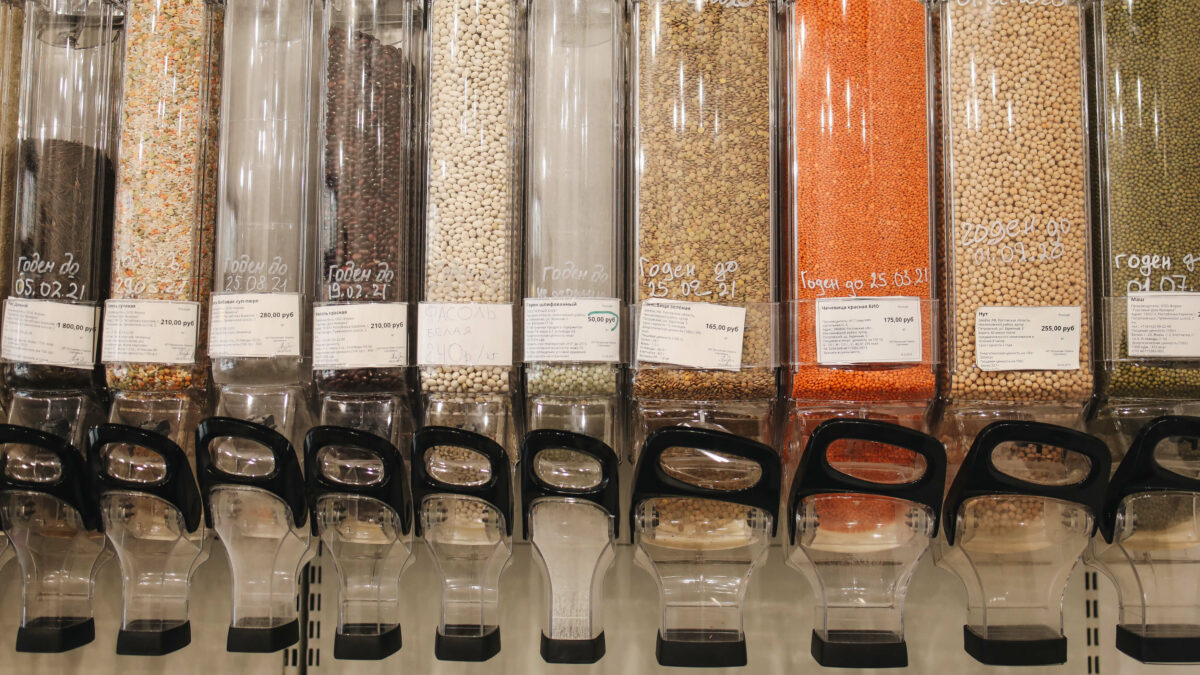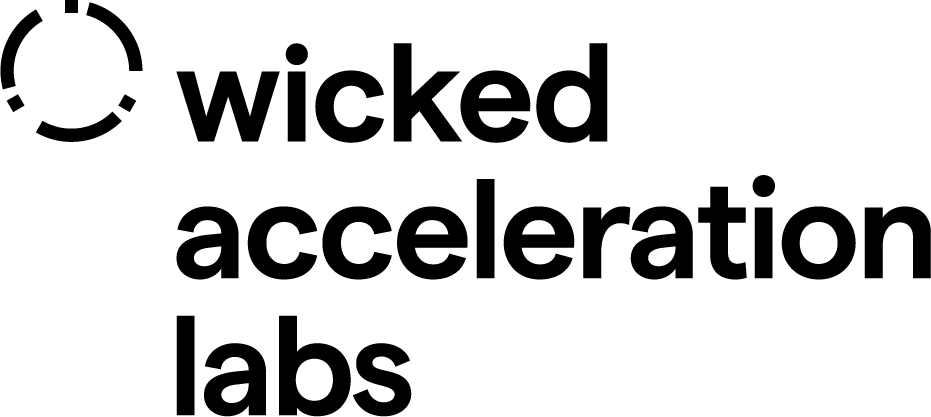Phase 3
Design
Value Propositions
Present-day prototypes of future services
An overview of our design approach
The lab created tangible service visions (i.e. future concepts) to help the client expand their collective imagination of plausible future services and discuss the potential opportunities and implications these future services could bring to our society and the organisation.
This phase concentrates on turning those potential services into concrete experiences. In this way, the users experience the services, while allowing the lab to experiment. In order to manifest this degree of realism, the lab created propositions that take multiple forms.
This process allows the lab and the client to assess the desirability of the concepts, as well as address the strategic questions connected to each concept in order to prioritise them for the following stage.

The theory
The lab formed three main hypotheses of customer development for each of the future concepts developed in the previous stage:
- a user hypothesis (Was the user segment relevant for the strategy?);
- a problem hypothesis (Was the problem identified in the segment worth addressing?); and,
- a value hypothesis (Was the service approach interesting as a mechanism for tackling the problem?)
Then, using a set of practises inspired by the practical principles of Eric Ries’ Lean Startup, the Lab converted each future concept (which at this point were simply futuristic ideas) into concrete experiences that could make the fictional, future service accessible to people in today’s world.
The lab created these experiences or experiments to collect quantitative and qualitative data about how customers would respond to a service, should it manifest. It also enabled them to test each hypothesis. This innovation process is called hypothesis-driven design, which consists of generating hypotheses or assumptions and then testing and validating them, in order to create potential solutions.
This process helped the lab focus and test their assumptions and helped the client assess the strategic benefit of each value proposition, minimising the required investment and reducing the risk of pursuing a service nobody wanted.
Importantly, this process also allowed the client to engage in conversations about the ethical implications of such services proliferating. This conversation space was a novel environment for the client, facilitated solely by the lab’s work to manifest these fictional services.
We refer to these concrete, fictional experiences as ‘Value propositions’.
The process
This third phase had a different process for the lab and the studio, even though in both cases the objectives were to test the desirability of the concepts and their strategic alignment with the client.
For the lab, the main challenge was to compare the concepts and make an assessment on which ones to take forward. For the studio, each team focused on one concept, so there was no selection process involved. Instead, they started to evolve the proof of concept through rounds of prototyping and testing.
For both the lab and the studio, the priority in this phase was to test the critical assumptions associated with the explorations. In particular, they needed to test three things —who the users were (the user-hypothesis), whether they had the specific problem (the problem hypothesis) and whether they truly needed and desired what the concept was proposing (the value hypothesis).
The way the explorations had been framed in the previous phase was not compatible with the type of testing required for this stage. The explorations had been created based on specific future contexts, which meant present day people would largely question the legitimacy of the idea and it would be difficult to get meaningful feedback. Therefore, the work done by the lab team in this phase started with the reframing of the explorations into more believable and relatable representations, called value propositions.
The value propositions needed to be quick, cheap and easy to prototype, so they could quickly be used to gauge user interest and reactions. The idea was to get as many learnings as possible from the testing phase and to be able to refine and iterate rapidly.
The outcome of designing and testing the propositions was a collection of data, feedback and insight on all the concepts. For both the lab team and the studio, it was crucial to know that the directions and decisions they were about to make were based on evidence and validated assumptions, before getting to the actual development of the Minimum Viable Products (MVP’s).
In the end, the goal for the lab team was to be able to make a selection of concepts worthy of more investment (time and money) for the next development phase. For the studio propositions, the focus was on proving the concept and defining a strategy to take the projects forward.
Design Value Propositions
Explore how the lab created tangible service visions (i.e. future concepts) to help the client expand their collective imagination of plausible future services.
Unit 1: Creating Lab Propositions
Case Studies
Explore the case studies of the outcome of this work phase.

Proposition Types
Need Commoditisers
The commoditisation of our needs and values to incentivise behaviour change. The advanced digitisation of our lives could result in the quantifying and subsequent unionisation of different aspects of behaviour and the values that drive them.





